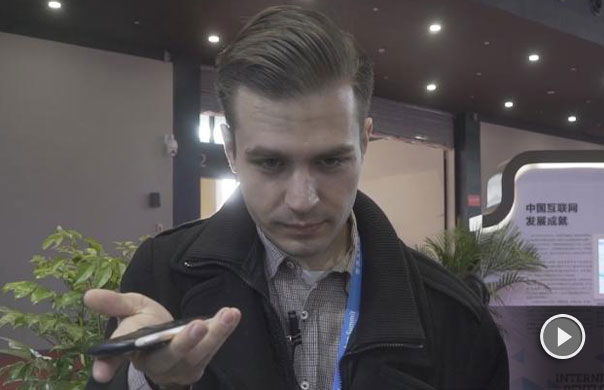If only the Bank of Japan governor was Doctor Who
 One of the blessings, or curses, of long international flights is the opportunity to catch movies you ordinarily might avoid.
One of the blessings, or curses, of long international flights is the opportunity to catch movies you ordinarily might avoid.
Japan's comedy Bubble Fiction is a case in point. It's the tale of a befuddled 20-year-old woman who travels back in time on an important mission for the Finance Ministry. It's not a great film; Roger Ebert would probably trash it and the folks at Cannes wouldn't be impressed. Think Doctor Who meets Wall Street with a bit of Bridget Jones tossed in.
Yet the idea of traveling back in time to 1990 to avert Japan's lost decade proved oddly thought provoking. What if policy makers could go back and fix their biggest screw-ups?
What if officials could stop the Japanese miracle from spiraling into a deflationary nightmare?
What if then-Bank of Japan (BOJ) Governor Yasushi Mieno revisited December 1989 and changed his decision to boost short-term interest rates so rapidly?
It's tempting to apply the economic-policy time machine elsewhere.
Former Federal Reserve Chairman Alan Greenspan might like to return to December 1996 and do more than just make ambiguous warnings about "irrational exuberance". Thai officials might want to go back to July 1997 and play their baht devaluation a bit differently.
Investors could also employ our time machine. If Nick Leeson of Barings Plc could return to 1995, he might bet on Japanese stocks plunging, rather than rising.
John Meriwether of Long-Term Capital Management could go back to 1998 and make money from Russia's devaluation and bond default. John Youngdahl of Goldman Sachs Group Inc could avoid answering the 2001 phone call tipping him off about US plans to eliminate the 30-year bond.
Someday, if Japanese officials really are able to travel back in time, early 1999 should be among their first destinations. It was then that BOJ Governor Masaru Hayami cut rates to zero. That single event has arguably had a bigger impact on global markets than any policy decision of the last decade.
From New Zealand to Poland and from Zimbabwe to Peru, policy makers are experiencing economic-control problems.
Asset markets are moving in ways that fundamentals and highly paid analysts can't explain. One source of the growing number of conundrums around the globe is Japanese money.
Those of us paid in yen aren't happy about the currency's 5.6 percent drop during the past 12 months. It can make cities such as Sao Paulo and Kuala Lumpur feel more like New York or Paris, in terms of living costs. Yet for global investors, cheap Japanese financing is the key to prosperity.
In a new book, Client State: Japan in the American Embrace, Gavan McCormack argues that the United States uses Japan as an automated-teller machine, and he has a point. Keen on becoming the Britain of Asia, Japan even ignored its pacifist constitution and sent troops to Iraq. Japan helps finance US interests around the world, yet its views are often unsolicited in Washington, or ignored.
Japan also has become an ATM in global markets via the so-called yen-carry trade. Borrowing cheaply in yen and investing those funds in higher-yielding assets overseas has become a one-way bet, and a steadily growing one. It's flooding economies from Thailand to South Africa to Chile with liquidity, feeding bubbles virtually everywhere.
When current BOJ Governor Toshihiko Fukui talks about raising rates, he cites the risk of bubbles in Japan. Yet it's too late; Japan's ultra-loose monetary policy already is doing that globally.
Is it fair to blame Japan for asset imbalances?
Japan isn't exactly encouraging the yen-carry trade; it's not making the rounds saying "please borrow in our currency".
And just as former US House Speaker Tip O'Neill said about all politics being local, central bankers tend to think globally and act locally. The BOJ has done that in a bid to end deflation.
Yet Fukui, who has run the BOJ since March 2003, could have gone in one of two directions: ending deflation once and for all or normalizing interest rates. Fukui has succeeded in neither and the yen's weakness is a side effect of confusion in markets about the BOJ's goals.
History may look even less kindly on this period than the BOJ's efforts to prick Japan's asset bubble in the late 1980s and early 1990s. The odds favor the yen-carry trade blowing up at some point, just as it did in 1998. Back then, Russia's debt default and resulting market turmoil saw the yen surge 20 percent in less than two months, devastating the carry trade.
Today, the number of trades and the amount of leverage involving yen borrowings are far greater than in the late 1990s. Add in a rapid increase in the number of hedge funds since then and the size of imbalances and you have a perfect recipe for global shocks.
When things go awry, and they will, some Japanese officials will be wishing they had a Doctor Who. Or, at least a good place to hide.
William Pesek is a Bloomberg News columnist. The opinions expressed are his own.
(China Daily 07/17/2007 page15)














